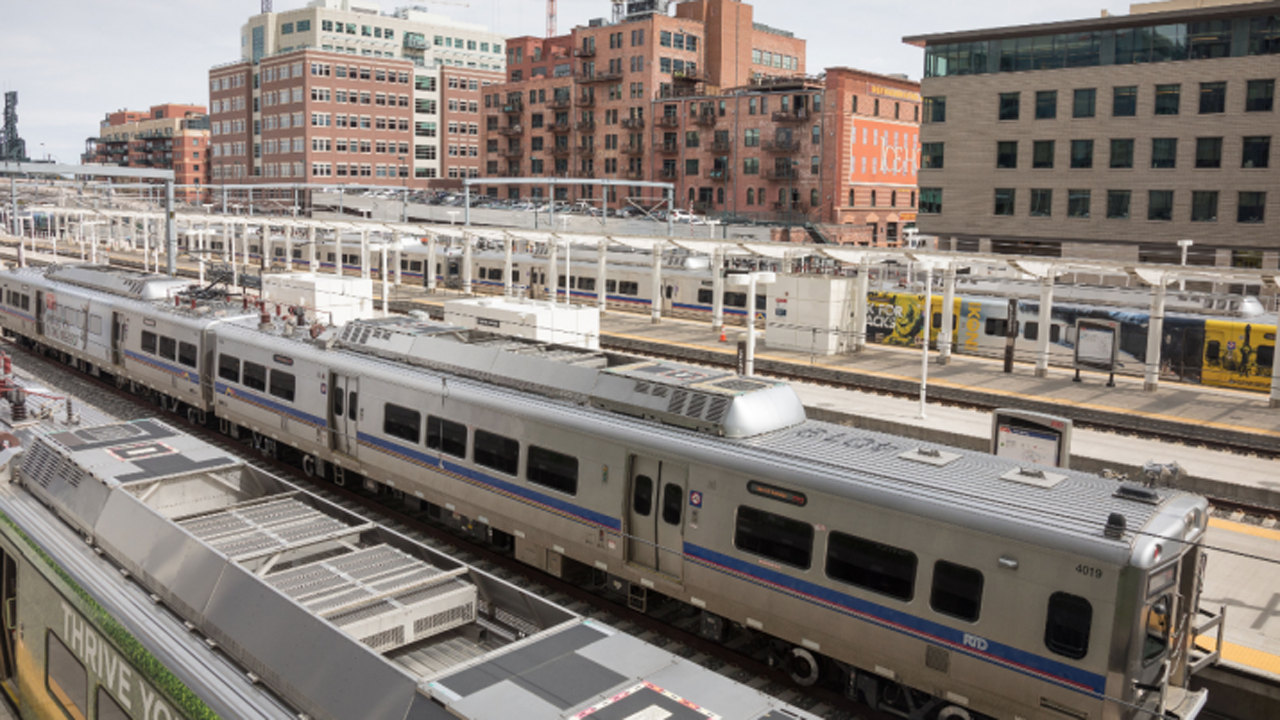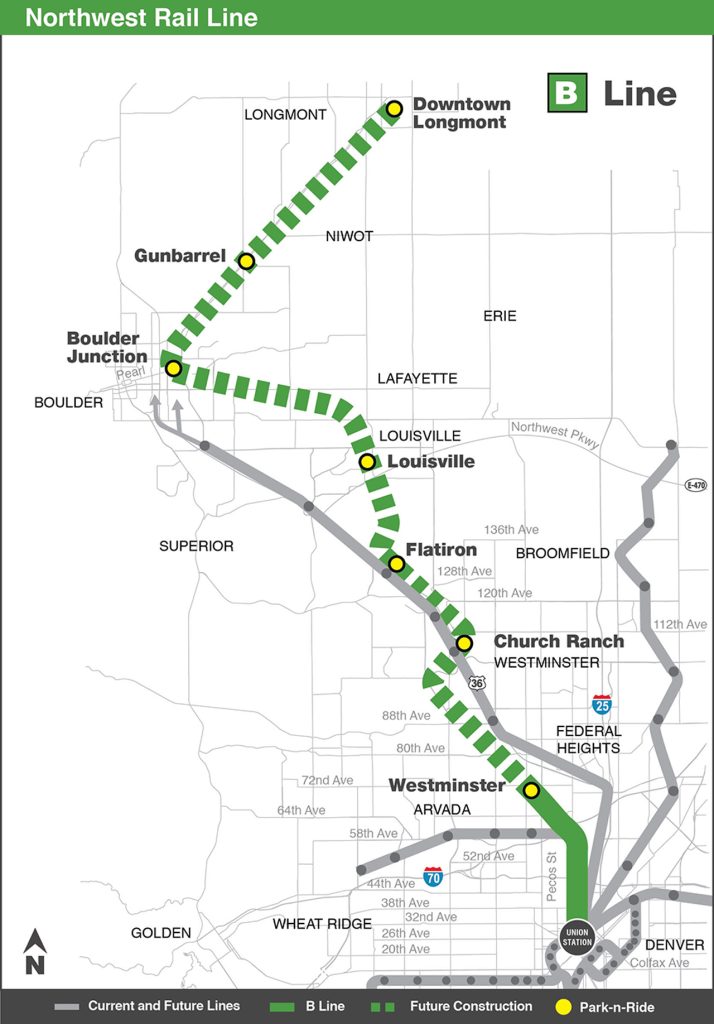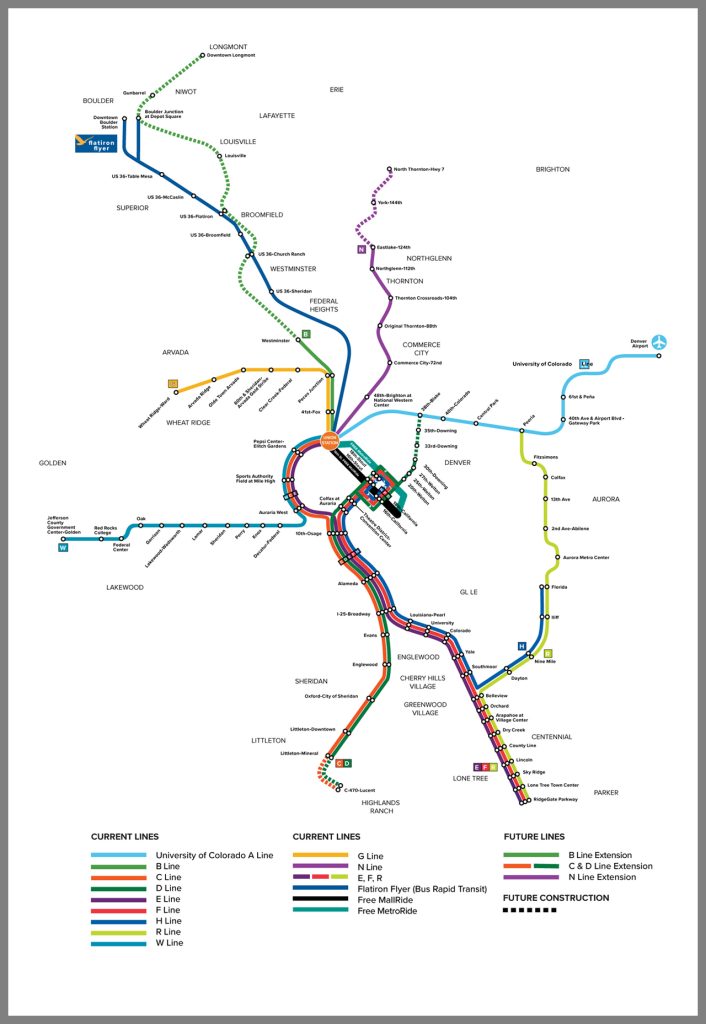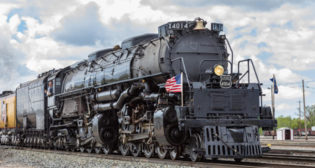
Northwest Commuter Rail Planning Advances in Colorado
Written by Marybeth Luczak, Executive Editor
HDR will examine extending Denver RTD’s existing B Line commuter rail alignment as well as leasing BNSF right-of-way and tracks to bring service during peak commuting hours from Westminster Station 35.3 miles north to Boulder and Longmont.
The Denver Regional Transportation District (RTD) has selected HDR Engineering Inc. to study the feasibility of running peak-service commuter rail to Longmont, Colo.
The move follows the RTD Board of Director’s August 2021 approval of a Northwest Rail Peak Service Study. HDR will examine extending the existing B Line commuter rail alignment as well as leasing BNSF right-of-way and tracks to bring service during peak commuting hours from Westminster Station 35.3 miles north to Boulder and Longmont, RTD reported on Feb. 22. (See map below.)
The peak-hour service plan to be explored includes three morning trips from Longmont to Denver and three evening trips in the opposite direction.

The aim of the study is to “provide updated engineering and cost estimates to determine recommendations for service to northwestern metropolitan communities,” RTD said. “Additional goals include positioning the project for the possibility of federal funding; planning peak service to allow for future build-out of the Northwest Rail Line; and aligning RTD strategically with the agency’s stated goals of partnering with agencies such as the Front Range Passenger Rail Service and the Colorado Department of Transportation.”
RTD said the Northwest Rail Line is “the costliest of the unfinished FasTracks projects”; earlier projections put the price tag at $1.5 billion. And it is one that Colorado Gov. Jared Polis has pressed hard for. (The others are the 0.8-mile extension of the Central Rail Corridor, the final 5.5 miles of the N Line, and the 2.5-mile extension of the Southwest Corridor.) RTD estimated that “given current FasTracks funding, it could take until 2050 to complete infrastructure improvements needed to operate B Line train service throughout the day between Denver and Longmont.”
FasTracks is RTD’s voter-approved transit expansion program for the Denver metro region. Voters in eight counties in 2004 agreed to bump up sales-tax rates by 0.04% to make FasTracks happen. To date, RTD has built 25.1 miles of light rail lines and 53 miles of commuter rail lines, launched the Flatiron Flyer bus rapid transit service, and opened an intermodal hub at Union Station in downtown Denver.

“This feasibility study will provide RTD with public input and 2022 data that will enable the agency and interested parties to utilize a common set of facts in determining how best to serve the northern suburbs within the District,” RTD General Manager and CEO Debra A. Johnson said. “Like taxpayers throughout RTD’s service area, residents of these communities have contributed to the FasTracks transit-expansion program since its approval 18 years ago, and they continue to express their support for rail service to this part of the region. I anticipate that the collective efforts with HDR Engineering will advance the path forward in a meaningful way.”
“The HDR team is uniquely qualified to take on this challenge with a depth of talent, experience and expertise, but more importantly, commitment, persistence and enthusiasm to give this study the credibility and transparency it demands,” HDR Senior Vice President Brad Martin said.



